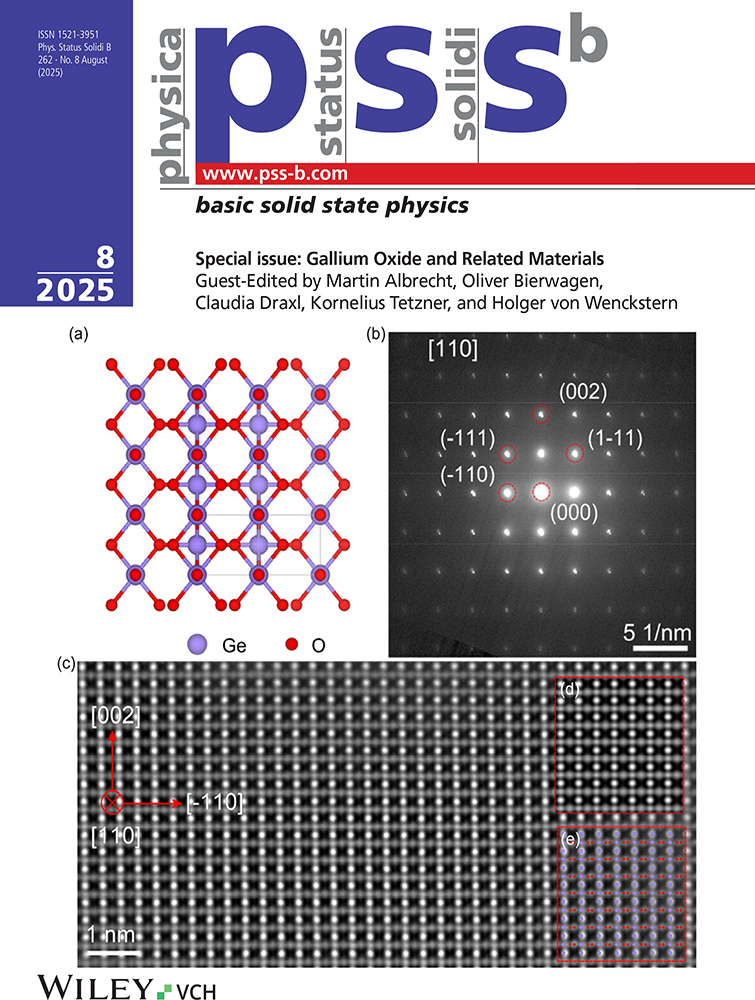2D versus 3D Growth Mode in ZnO Layers Grown by Plasma-Enhanced Molecular Beam Epitaxy on (0001) Sapphire
Abstract
We investigated the structural, electrical, and optical properties of ZnO layers grown by plasma-enhanced molecular beam epitaxy on (0001) sapphire. Samples might be divided into two groups according to their growth mode: two-dimensional (2D) or three dimensional (3D). All the samples exhibited a columnar structure, but the size and the misorientation of the subgrains differed between groups. Subgrains of the 3D layers were larger and less in-plane misoriented than those of the 2D layers. Hence, we found that a trade off between roughness and mosaicity exists. A better internal structural quality was obtained for the 3D layers which exhibited a dislocation density of (3—5) × 109 cm—2, a value similar to that of the best quality GaN layers grown by molecular beam epitaxy also on sapphire substrate. However, optical and electrical properties of ZnO layers were not affected by the growth mode. To conclude, despite rougher surfaces, the 3D layers displayed a lower mosaicity along with a lower dislocation density.




